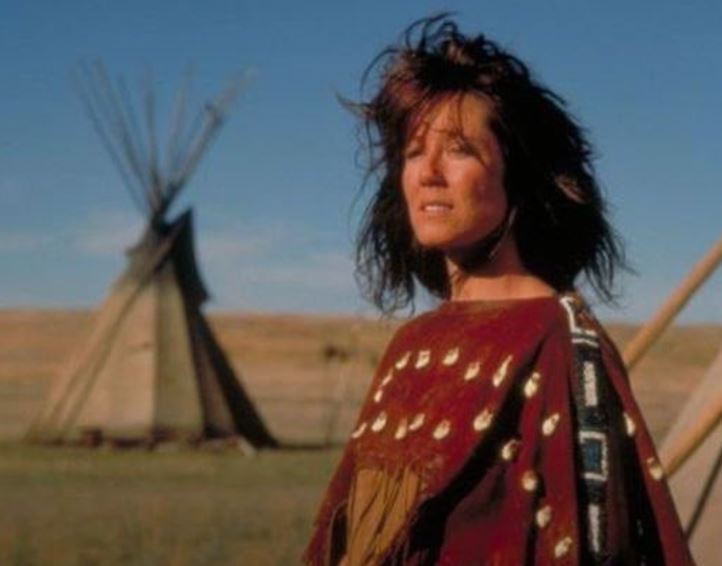Dances with Wolves, the epic film directed by and starring Kevin Costner, has captivated audiences since its release in 1990. The movie’s breathtaking cinematography, poignant storyline, and respectful portrayal of Lakota Sioux culture earned it seven Academy Awards, including Best Picture. However, even a masterpiece like Dances with Wolves is not immune to mistakes.
Despite the filmmakers’ commendable efforts to incorporate the Lakota language and culture, a closer examination reveals a surprising error. Many of the Lakota lines spoken by the characters are either mispronounced or grammatically incorrect. Native speakers who have analyzed the film have pointed out that fluent listeners would find some of the phrases awkward or even incoherent.
For instance, Mary McDonnell’s character, Stands With A Fist, learns Lakota as a second language, yet her lines contain numerous errors. Similarly, several Lakota characters’ lines, intended to be fluent, are marred by mistakes that likely crept in during translation or the actors’ training.
Linguists familiar with the language attribute the errors to time constraints and the challenges of teaching non-Lakota speaking actors. Despite the expertise of Lakota speaker Doris Leader Charge, who was hired to mentor the actors, the tight filming schedule made it difficult to achieve flawless fluency.
Furthermore, the film contains a historical inaccuracy. Set in the 1860s, Dances with Wolves depicts the Lakota people skillfully riding tame horses. However, the breed of horse used in the film, the American Quarter Horse, did not exist during that time period. This anachronism has been subtly overlooked, but it highlights the importance of historical accuracy in filmmaking.
Additionally, the film’s portrayal of certain ceremonial rituals has drawn criticism for not accurately following Lakota customs, instead incorporating traditions from various Plains tribes. While this may not have been a noticeable omission to the general public, expert historians and tribal members have pointed out this fact over the years.
Does this information diminish the film’s success? Not at all. Dances with Wolves set a new standard for its time by using Native performers and presenting Indigenous culture in a way that Hollywood had rarely done before. The film’s influence can be seen in a generation of filmmakers who have followed in its footsteps, treating Native topics with greater nuance and respect.
This massive error serves as a reminder that even the most well-intentioned filmmakers can make mistakes. It underscores the importance of collaborating closely with linguistic and cultural specialists to maintain storytelling authenticity.
As viewers rewatch Dances with Wolves, they may notice these mistakes for the first time, or perhaps not at all. The magic of movies lies in their ability to transport us to a different world, flaws and all.


